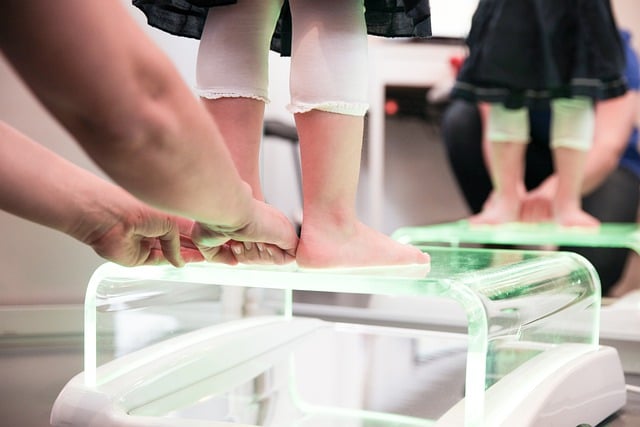Many patients in Georgia requiring short-term senior care obtain physical therapy services. People recovering from accidents, strokes, and extended medical procedures sometimes regain mobility much faster when they receive this assistance. People who lose the ability to move develop weaker muscles and restricted ranges of motion.
Experienced Physical Therapists and their assistants work closely with recovering seniors. They strive to help them restore and maintain strength, balance, and agility. Recently, some exciting research in Texas demonstrated the importance of this occupation in the lives of recovering patients. The study suggests the use of technology by Physical Therapists during physical therapy holds promise for some patients.
An Interesting New Technology
During the process of physical therapy, therapists frequently perform repetitive range of motion exercises to assist patients who cannot move certain muscles. For example, a patient who has lost the use of an arm following a stroke often requires the intervention of a Physical Therapist to help move the limb in order to prevent muscles from contracting. This type of therapy sometimes occurs today with the help of machines designed to automate certain movements.
Recently, scientists have been able to create robotic equipment capable of responding to brain wave changes. A study subject wearing an electroencephalogram (EEG) cap can direct simple movements of these devices. For example, researchers have succeeded in creating attachments that will produce automated movements at the command of someone wearing the EEG device, even when the patient lacks control without this assistance. The “exo-skeleton” robot potentially serves as a physical therapy tool.
Obtaining Greater Patient Engagement
Researchers from the University of Texas Health Science Center at Houston joined with a team from the University of Houston’s Non-Invasive Brain Machine Interface Systems Laboratory to conduct a high-tech project. They wanted to test whether or not obtaining greater patient involvement in the physical therapy process might produce faster results. The team conducting this pilot study reports mixed results, with some patients retaining improvements for at least two months.
The research team from Houston conducted 14 to 15 three hour therapy sessions with patients using this new technology. They wanted to determine whether a patient’s ability to generate automated movements through the interface would result in benefits. Even though patients could not move independently, they had to engage mentally in order to operate the EEG device during these therapy sessions.


